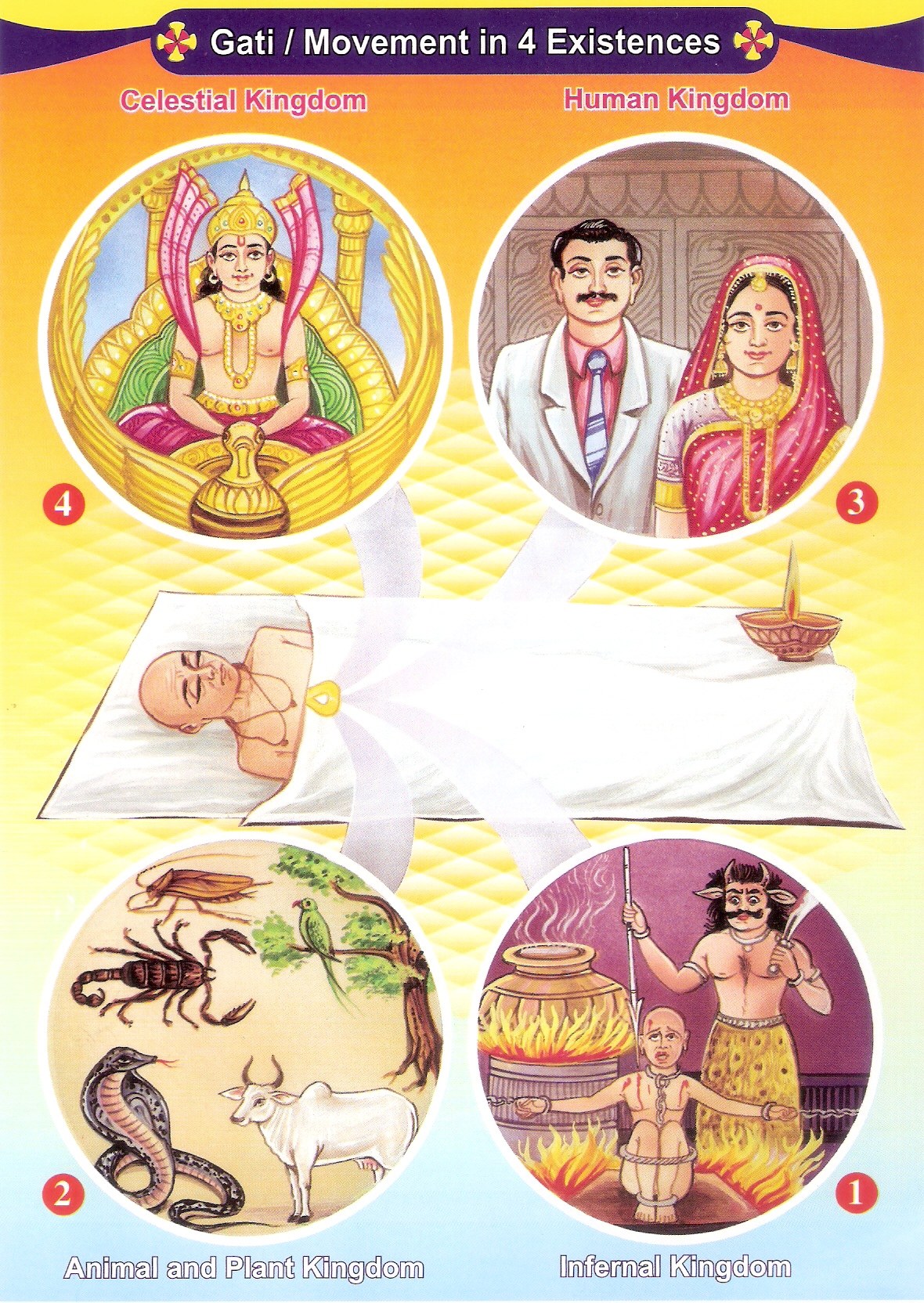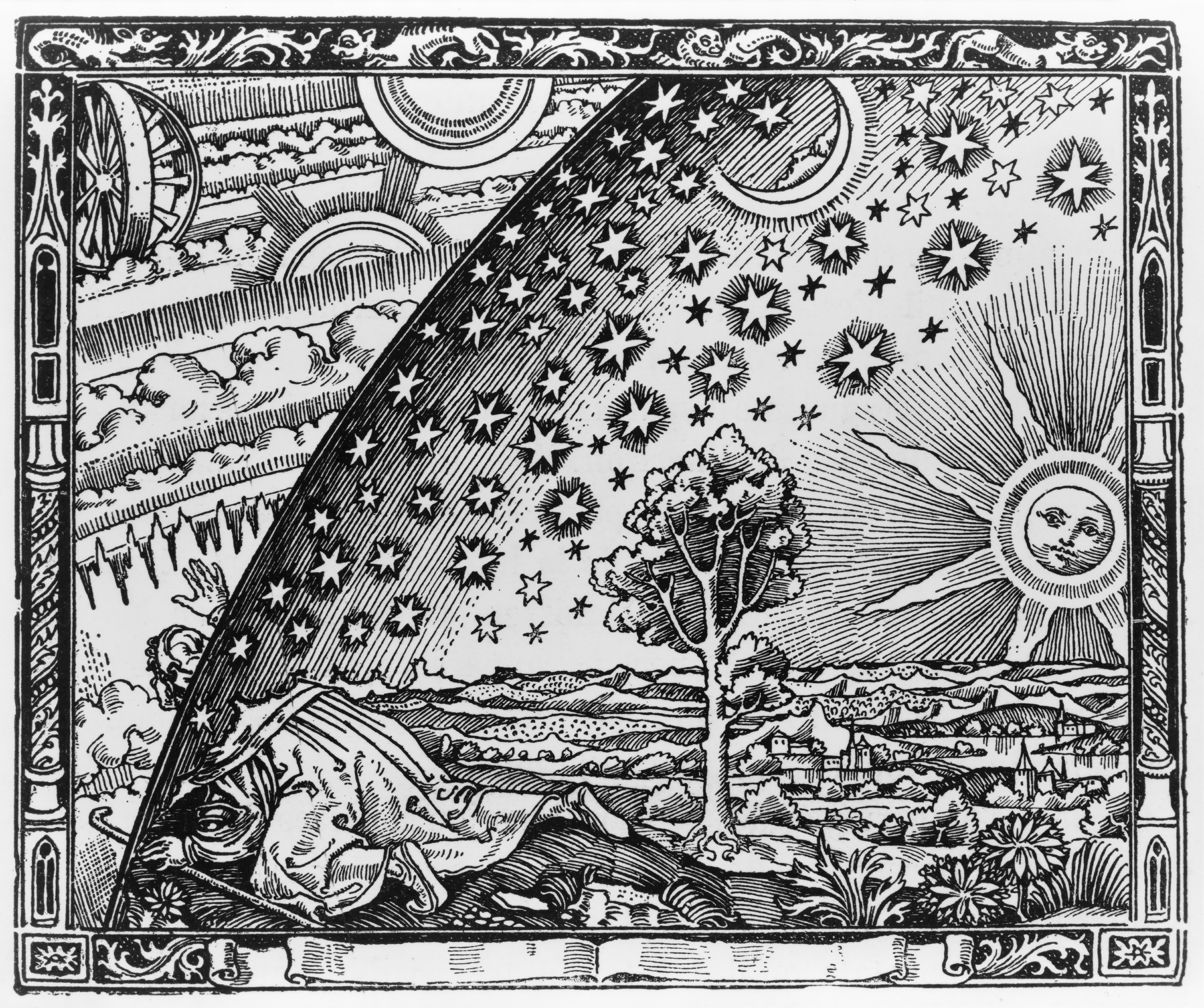|
Drangue
The drangùe ( sq-definite, drangùa, drangòni) is a semi-human winged deity, divine Culture hero, hero in Albanian paganism, Albanian pagan mythology, associated with weather and storms. He is the archetype of light and good, the complementary and opposing force to kulshedra, the archetype of darkness and evil. Babies destined to become drangue are born with their heads covered in caul and with two or sometimes four wings under their arms. The drangue hold supernatural powers, especially in the wings and arms. A drangùe is made invulnerable by the singular conjunction produced at his birth, and can die only if this conjunction is repeated once again. The main goal of the drangue is to fight the kulshedra in legendary battles. In order to defeat the kulshedra he uses lightning-swords and thunderbolts as his most powerful weapons, but he also uses Meteorite, meteoric stones, piles of trees and rocks, eventually protecting mankind from storms, fire, droughts, floods and other natura ... [...More Info...] [...Related Items...] OR: [Wikipedia] [Google] [Baidu] |
Kulshedra
The kulshedra or kuçedra is a water, storm, fire and chthonic demon in Albanian mythology and Albanian folklore, folklore, usually described as a huge multi-headed female Serpent (symbolism), serpentine dragon. She is the archetype of darkness and evil, the complementary and opposing force to drangue, the archetype of light and good. The kulshedra is believed to spit fire, cause drought, storms, flooding, earthquakes and other natural disasters against mankind. In Albanian mythology she is usually fought and defeated by a drangue, who is a semi-human winged deity, divine hero and protector of mankind, the most widespread Albanian culture hero. Heavy thunderstorms are thought to be the result of most of their battles. Others include earthquakes, volcanic eruptions and cyclones. In Albanian traditions kulshedra is also fought and defeated by other celestial heroes and heroines, like the Daughter of the Moon and the Sun (E Bija e Hënës dhe e Diellit) who tries to protect her lov ... [...More Info...] [...Related Items...] OR: [Wikipedia] [Google] [Baidu] |
Albanian Paganism
Albanian paganism comprises the pagan customs, beliefs, rituals, myths and legends of the Albanian people. The elements of Albanian mythology are of ancient Paleo-Balkanic origin and almost all of them are pagan. Ancient paganism persisted among Albanians, and especially within the inaccessible and deep interior – where Albanian folklore evolved over the centuries in a relatively isolated tribal culture and society – it has continued to persist, or at most it was partially transformed by the Christian, Muslim and Marxist beliefs that were either to be introduced by choice or imposed by force.; ; ; . The Albanian traditional customary law ( Kanun) has held a sacred – although secular – longstanding, unwavering and unchallenged authority with a cross-religious effectiveness over the Albanians, which is attributed to an earlier pagan code common to all the Albanian tribes. Indeed, the Kanun contains several customary concepts that clearly have their origins in pagan beliefs, ... [...More Info...] [...Related Items...] OR: [Wikipedia] [Google] [Baidu] |
Zojz (deity)
Zojz is a Sky god, sky and Lightning god, lightning god in Albanian mythology, Albanian pagan mythology. Regarded as the chief god and the highest of all gods, traces of his worship survived in northern Albania until the early 20th century, and in some forms still continue today. The old beliefs in the Sky (Alb. Qielli) are pagan beliefs preserved by Albanians since ancient times. In Albanian the god who rules the sky is referred to as ''i Bukuri i Qiellit'' ("the Beauty of the Sky"), a phrase that is used in pagan contexts for the Sun (Dielli (Albanian paganism), Dielli), worshiped as the god of light, sky and weather, giver of life, health and energy, and all-seeing eye. The sacred significance of one of the main symbols of the sky cult – the eagle – has been scrupulously preserved by Albanians, who have always considered it their animal totem. An epithet considered to be associated with the sky-god is "father", thought to be contained in the Albanian noun Zot ("Sky Father", ... [...More Info...] [...Related Items...] OR: [Wikipedia] [Google] [Baidu] |
Albanian Language
Albanian (Endonym and exonym, endonym: , , or ) is an Indo-European languages, Indo-European language and the only surviving representative of the Albanoid, Albanoid branch, which belongs to the Paleo-Balkan languages, Paleo-Balkan group. It is the native language of the Albanian people. Standard Albanian is the official language of Albania and Kosovo, and a co-official language in North Macedonia and Montenegro, where it is the primary language of significant Albanian minority communities. Albanian is recognized as a minority language in Italy, Croatia, Romania, and Serbia. It is also spoken in Greece and by the Albanian diaspora, which is generally concentrated in the Americas, Europe and Oceania. Albanian is estimated to have as many as 7.5 million native speakers. Albanian and other Paleo-Balkan languages had their formative core in the Balkans after the Indo-European migrations in the region. Albanian in antiquity is often thought to have been an Illyrian language for ob ... [...More Info...] [...Related Items...] OR: [Wikipedia] [Google] [Baidu] |
Edith Durham
Edith Durham, (8 December 1863 – 15 November 1944) was a British artist, anthropologist and writer who is best known for her anthropological accounts of life in Albania in the early 20th century. Her advocacy on behalf of the Albanian cause and her Albanophilia gained her the devotion of many Albanians who consider her a national heroine. Early life Durham was the eldest of nine children. Her father, Arthur Edward Durham, was a distinguished London surgeon. She attended Bedford College (1878–1882), followed by the Royal Academy of Arts, to train as an artist. She exhibited widely and contributed a number of detailed drawings to the amphibia and reptiles volume of the ''Cambridge Natural History'' (published 1899). Balkan expeditions After the death of her father, Durham took on the responsibilities of caring for her sick mother for several years. It proved an exhausting experience. When she was 37, her doctor recommended that she should undertake a foreign vacation to ... [...More Info...] [...Related Items...] OR: [Wikipedia] [Google] [Baidu] |
Definiteness
In linguistics, definiteness is a semantic feature of noun phrases that distinguishes between referents or senses that are identifiable in a given context (definite noun phrases) and those that are not (indefinite noun phrases). The prototypical definite noun phrase picks out a unique, familiar, specific referent such as ''the sun'' or ''Australia'', as opposed to indefinite examples like ''an idea'' or ''some fish''. There is considerable variation in the expression of definiteness across languages, and some languages such as Japanese do not generally mark it, so the same expression can be definite in some contexts and indefinite in others. In other languages, such as English, it is usually marked by the selection of determiner (e.g., ''the'' vs. ''a''). Still other languages, such as Danish, mark definiteness morphologically by changing the noun itself (e.g. Danish ''en'' ''mand'' (a man), ''manden'' (the man)). Definiteness as a grammatical category There are times whe ... [...More Info...] [...Related Items...] OR: [Wikipedia] [Google] [Baidu] |
Reincarnation
Reincarnation, also known as rebirth or transmigration, is the Philosophy, philosophical or Religion, religious concept that the non-physical essence of a living being begins a new lifespan (other), lifespan in a different physical form or physical body, body after biological death. In most beliefs involving reincarnation, the soul of a human being is immortality, immortal and does not disperse after the physical body has perished. Upon death, the soul merely becomes transmigrated into a newborn baby or into an animal to continue its immortality. (The term "transmigration" means the passing of a soul from one body to another after death.) Reincarnation (''punarjanman'') is a central tenet of Indian religions such as Hinduism, Buddhism, Jainism, and Sikhism. In various forms, it occurs as an esoteric belief in many streams of Judaism, in certain Paganism, pagan religions (including Wicca), and in some beliefs of the Indigenous peoples of the Americas and of Australian ... [...More Info...] [...Related Items...] OR: [Wikipedia] [Google] [Baidu] |
Cosmos
The cosmos (, ; ) is an alternative name for the universe or its nature or order. Usage of the word ''cosmos'' implies viewing the universe as a complex and orderly system or entity. The cosmos is studied in cosmologya broad discipline covering scientific, religious or philosophical aspects of the cosmos and its nature. Religious and philosophical approaches may include the cosmos among spiritual entities or other matters deemed to exist outside the physical universe. Etymology The verb wikt:κοσμέω, κοσμεῖν (''kosmein'') meant generally "to dispose, prepare", but especially "to order and arrange (troops for battle), to set (an army) in array"; also "to establish (a government or regime)", "to adorn, dress" (especially of women). Thus ''kosmos'' meant "ornaments, decoration" (compare ''kosmokomes'' "dressing the hair," and cosmetic). The philosopher Pythagoras used the term ''kosmos'' for the order of the universe. Anaxagoras further introduced the concept of a C ... [...More Info...] [...Related Items...] OR: [Wikipedia] [Google] [Baidu] |
Earth
Earth is the third planet from the Sun and the only astronomical object known to Planetary habitability, harbor life. This is enabled by Earth being an ocean world, the only one in the Solar System sustaining liquid surface water. Almost all of Earth's water is contained in its global ocean, covering Water distribution on Earth, 70.8% of Earth's crust. The remaining 29.2% of Earth's crust is land, most of which is located in the form of continental landmasses within Earth's land hemisphere. Most of Earth's land is at least somewhat humid and covered by vegetation, while large Ice sheet, sheets of ice at Polar regions of Earth, Earth's polar polar desert, deserts retain more water than Earth's groundwater, lakes, rivers, and Water vapor#In Earth's atmosphere, atmospheric water combined. Earth's crust consists of slowly moving tectonic plates, which interact to produce mountain ranges, volcanoes, and earthquakes. Earth's outer core, Earth has a liquid outer core that generates a ... [...More Info...] [...Related Items...] OR: [Wikipedia] [Google] [Baidu] |
Water
Water is an inorganic compound with the chemical formula . It is a transparent, tasteless, odorless, and Color of water, nearly colorless chemical substance. It is the main constituent of Earth's hydrosphere and the fluids of all known living organisms (in which it acts as a solvent). It is vital for all known forms of life, despite not providing food energy or organic micronutrients. Its chemical formula, , indicates that each of its molecules contains one oxygen and two hydrogen atoms, connected by covalent bonds. The hydrogen atoms are attached to the oxygen atom at an angle of 104.45°. In liquid form, is also called "water" at standard temperature and pressure. Because Earth's environment is relatively close to water's triple point, water exists on Earth as a solid, a liquid, and a gas. It forms precipitation in the form of rain and aerosols in the form of fog. Clouds consist of suspended droplets of water and ice, its solid state. When finely divided, crystalline ice ... [...More Info...] [...Related Items...] OR: [Wikipedia] [Google] [Baidu] |






